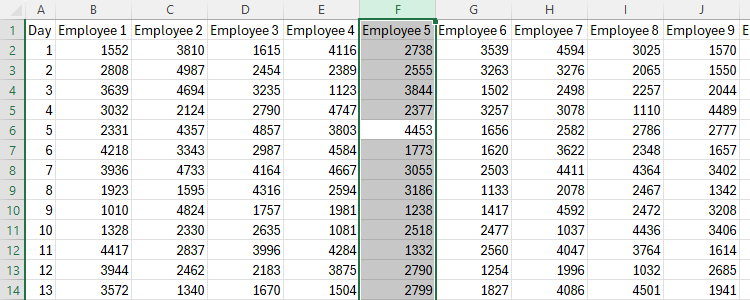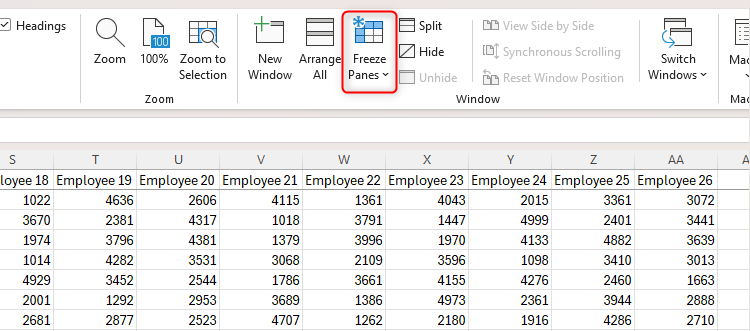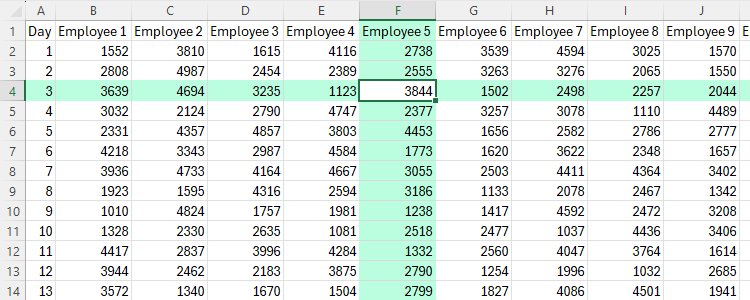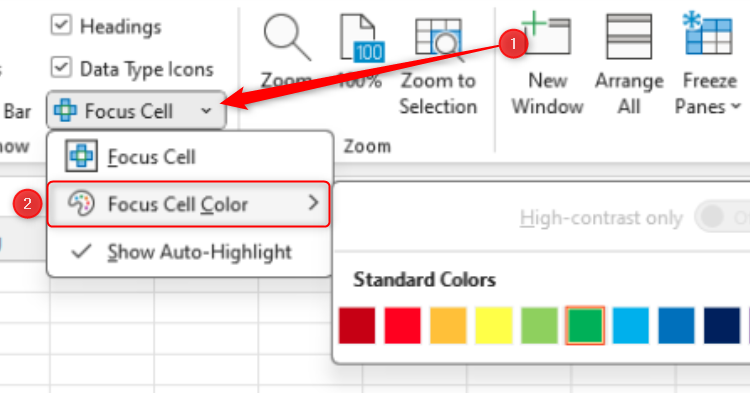Microsoft is testing a new feature that highlights the active row and column when a cell is selected. This means it’s easier to follow across rows and down columns when reading your data.
If you have a large spreadsheet of data, it can be difficult to read across the rows or down the columns, and your eyes can sometimes inadvertently jump from one row or column to the other. Currently, you can counteract this issue by selecting the whole row or column, and pressing Enter or Shift+Enter to navigate between the selected cells.
Alternatively, you can freeze the first rows and columns via the View tab on the ribbon, so that when you scroll along or down, you don’t lose sight of their names.
However, Excel’s new Focus Cell feature means that when you select a cell, the whole row and column turn to a color of your choice. As a result, you can read right across a row or down a column, safely in the knowledge that you’re correctly maintaining your gaze on the correct data.
This feature can be turned on and off in the Show group of the View tab on the ribbon, where you can also click the Focus Cell drop-down to change the cell color.
Handily, the Focus Cell feature automatically activates when you use Excel’s Find (Ctrl+F) and Replace (Ctrl+H) tools, making it easier to follow the active cell as you toggle through your search results.
Unfortunately, you cannot activate the Focus Cell feature in Excel if you have already used the Freeze Panes or Split Panes tools in your spreadsheet. Given the usefulness of freezing and splitting panes, we hope that Microsoft addresses this inconvenient shortcoming. Indeed, using Focus Cell and Freeze Panes simultaneously would make reading spreadsheet data even easier.
Focus Cell is currently only available to Microsoft Insiders using Version 2410 (Build 18118.20000) or later on the Beta channel. Once Microsoft is satisfied with the testing phase, the company will roll the feature out to Microsoft customers on Windows PCs and, eventually, those who access Excel on a Mac or the free online version.
Source: Microsoft







